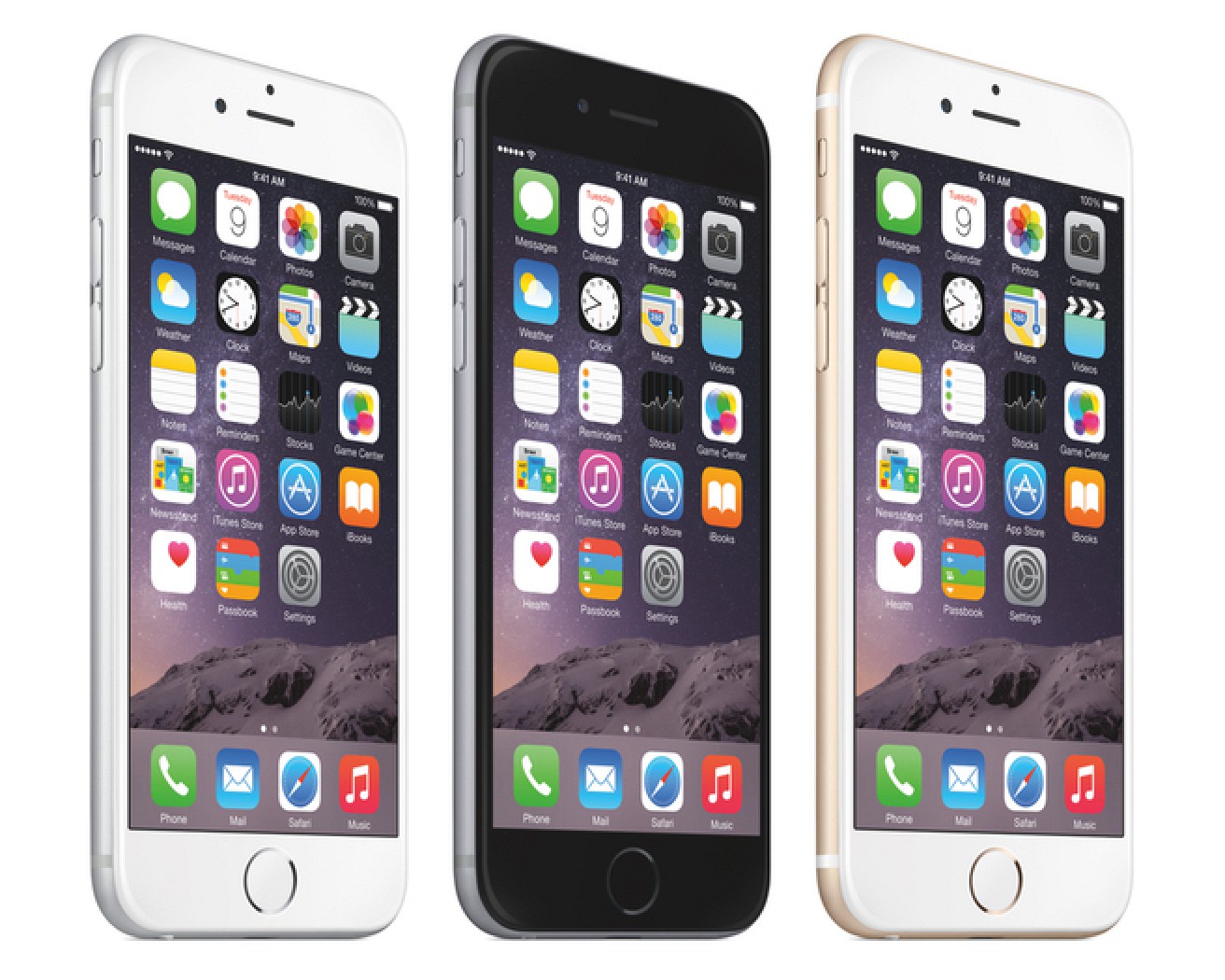What We Expect
Apple's iPhone 6 and 6 Plus, released in September, have only been available just over six months, but rumors about the next-generation iPhone are already trickling in. It's likely Apple will continue its 2014 trend, offering the 2015 iPhone in two separate sizes -- one larger and one smaller.
It's not clear what Apple will call its 2015 iPhones, but Apple may stick to its long running "S" naming scheme (which has been around since 2009), calling the new phones the iPhone 6s and the iPhone 6s Plus. iPhone 6s Plus is a mouthful though, so it is possible that this might be the year that we get a new naming format. One analyst believes Apple might call its next-generation phone the "iPhone 7" due to the significance of the new changes being implemented, but it's far too early in development to know for sure.
As the months pass by, details about the next-generation iPhone have begun trickling in. Because it's an "S" year upgrade and because the iPhone was just redesigned, the next-generation version will focus on internal improvements rather than an updated external look. Screen sizes will remain at 4.7 and 5.5 inches, and Apple is not expected to introduce a new 4-inch model.
There may be a few exterior changes, though. There's been a rumor that Apple could add a new color option to its iPhone lineup in 2015 -- pink. We've also seen two rumors suggesting Apple might opt to use the same 7000 series aluminum used in the Apple Watch in the next-generation iPhone. The aluminum is 60% stronger than standard aluminum but still lightweight.

In the past, "S" upgrades have brought features like Siri, Touch ID, new processors, and camera improvements, and we can expect to see many of the same updates with the iPhone 6s and iPhone 6s Plus. According to rumors, the new devices will gain a faster A9 processor, 2GB of RAM, a 12-megapixel camera with 4K video recording, an additional microphone to enhance voice quality, and potentially a new internal mechanical design to address some bending issues users experienced with the iPhone 6 and iPhone 6 Plus.
The 2015 iPhones are also expected to gain the Force Touch feature first introduced with the Apple Watch, allowing for new gestures that incorporate pressure sensitivity, and improved Touch ID to make fingerprint recognition faster. A report from analyst Ming-Chi Kuo has also suggested Apple may use sapphire in a limited number of iPhone 6s Plus units, "if drop test issues can be resolved."
According to KGI Securities analyst Ming-Chi Kuo, the addition of Force Touch and 7000 series aluminum could slightly change the thickness and the dimensions of the iPhone 6s and the iPhone 6s Plus. He believes the iPhones may be wider and taller by about 0.15mm to account for the aluminum, and 0.2mm thicker due to Force Touch. Kuo's prediction is supported by leaked schematics said to be for the iPhone 6s. Those height and thickness increases, if included, will be minor enough to be nearly undetectable to most iPhone users.
The iPhone 6s and 6s Plus will also continue to offer features that have become integral to the iPhone, including NFC for Apple Pay, 802.11ac Wi-Fi capabilities, and LTE Advanced. The two new phones will likely be available in the same 16, 64, and 128GB storage options as the iPhone 6 and 6 Plus.
Though it's an "S" upgrade year, Apple has asked its suppliers to produce a record-breaking 85 to 90 million units of the iPhone 6s and iPhone 6s Plus combined by the end of the year. The high number of orders suggests Apple is expecting significant demand for the two devices and hoping to avoid supply shortages, but the addition of Force Touch may impact initial production numbers.
Apple is likely to release the iPhone 6s and iPhone 6s Plus in the fall of 2015.
No comments:
Post a Comment